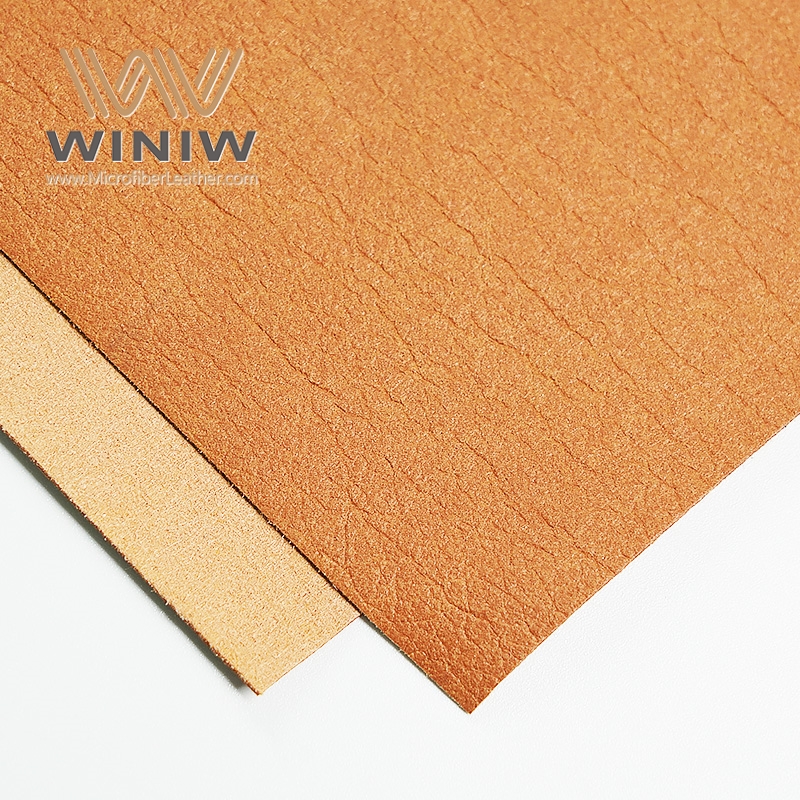
Shoe upper leather refers to the material that covers the top and sides of the foot, forming the upper of a shoe. The choice of upper material directly affects comfort, durability, and style. The table below shows how different materials compare:
|
Type of Leather |
Comfort |
Durability |
Style |
|---|---|---|---|
|
Full Grain Leather |
High |
Very High |
Classic Look |
|
Synthetic Materials |
Moderate |
High |
Modern Look |
Research shows that comfort and style are perceived differently by men and women, making the right material choice essential for everyone’s needs.
Shoe upper leather is crucial for comfort, durability, and style in footwear.
Full grain leather offers the highest durability and molds to the foot for a personalized fit.
Breathability in leather uppers helps prevent moisture buildup and keeps feet comfortable.
Leather uppers provide excellent support, which is essential for maintaining good posture and mobility.
Proper care of leather shoes extends their lifespan and maintains their appearance.
Choosing the right type of leather, like full grain or top grain, impacts the shoe's performance and longevity.
Sustainable practices in leather production are becoming more common, benefiting both the environment and consumers.
Understanding the differences between leather and synthetic materials helps consumers make informed footwear choices.
The upper forms the main body of a shoe, covering the top and sides of the foot. This part of the shoe plays a vital role in support, stability, and protection. In the footwear industry, experts define the upper as the section that holds the foot in place and prevents excessive movement. Manufacturers often use leather for shoes upper because it offers a balance of durability and comfort. The upper includes several components, such as the vamp (front), quarters (sides and back), collar, and tongue.
The upper covers the top and sides of the foot.
It provides support, stability, and protection for the foot and ankle.
The upper is crucial for comfort, durability, and aesthetics.
Leather is recognized as a premium material for footwear uppers due to its natural beauty and comfort.
A leather upper is typically made from animal hide that has been treated for durability and flexibility. Common sources include cows, pigs, and deer.
Every shoe consists of several main parts, each serving a unique function. The upper stands apart from the sole and insole in both structure and purpose. While the upper holds the foot securely and shapes the shoe’s appearance, the outsole provides grip and traction, usually made from rubber. The midsole connects the upper to the outsole and adds cushioning. The insole offers direct comfort under the foot.
The upper includes all parts above the sole, such as the vamp, quarters, collar, and tongue. Its main job is to keep the foot in place and prevent blisters or irritation.
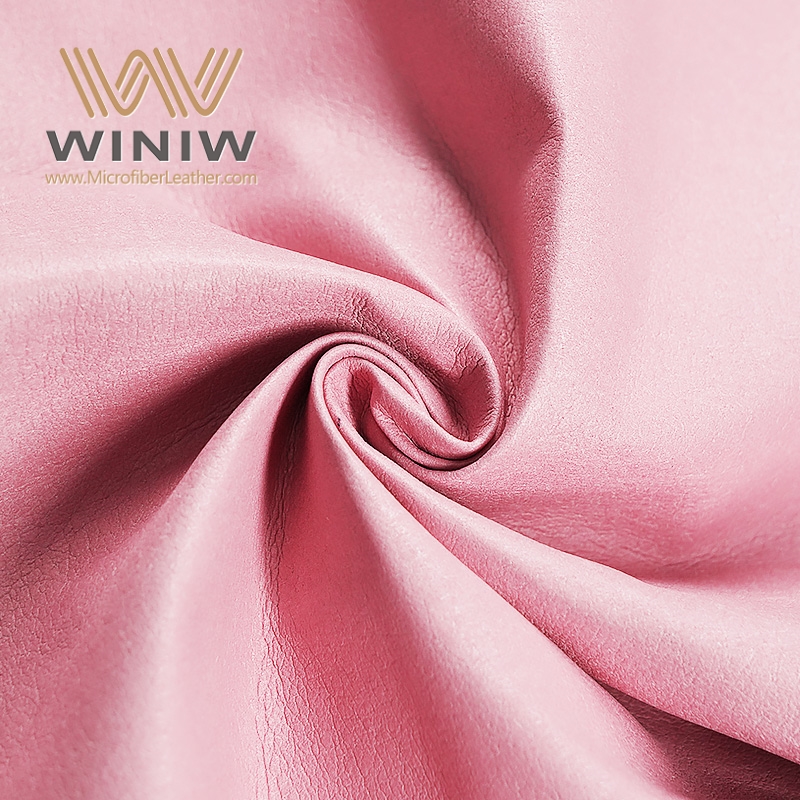
A supportive upper should not feel stiff. Good breathability in the upper helps maintain comfort during long periods of wear. Shoe leather used for uppers must balance flexibility and strength to ensure a comfortable fit.
|
Shoe Component |
Main Function |
Typical Material |
|---|---|---|
|
Upper |
Holds foot, provides support, shapes style |
Leather for shoes, synthetics, textiles |
|
Outsole |
Provides grip and traction |
Rubber, synthetic compounds |
|
Midsole |
Adds cushioning, connects upper and outsole |
Foam, EVA, PU |
|
Insole |
Direct comfort underfoot |
Foam, leather, textiles |
A leather upper offers several advantages that set it apart from other materials. Leather for shoes upper is durable and provides long-lasting wear. Over time, leather molds to the shape of the foot, creating a personalized fit. This natural material allows air to circulate, keeping feet comfortable and reducing moisture buildup. Treated leather can resist water, helping to keep feet dry in different conditions.
Durability: Leather uppers withstand daily wear and tear better than most synthetic materials.
Comfort: Leather molds to the foot, reducing pressure points and improving fit.
Breathability: Air can pass through leather, which helps regulate temperature and moisture.
Water Resistance: Treated leather repels water, protecting feet in wet environments.
Classic Style: Leather offers a timeless look that suits both casual and formal shoes.
Personalized Fit: Over time, the upper adapts to the unique shape of each foot.
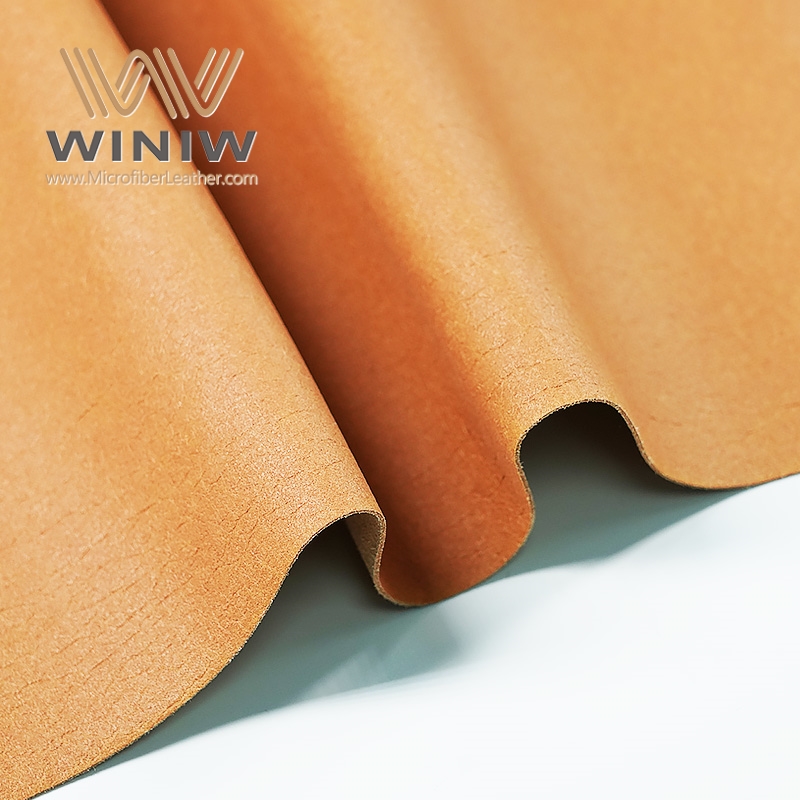
Many consumers and experts consider leather the best leather for shoes because of these qualities. Shoe upper leather remains a top choice for those seeking comfort, durability, and style. When choosing shoe leather, buyers should look for materials that promise both longevity and a comfortable experience. Leather for shoes continues to set the standard for quality in footwear.
Leather upper materials play a vital role in providing comfort and support for the foot. Many podiatric studies highlight that leather is both durable and breathable. This breathability helps prevent fungal growth, which can be a concern with less ventilated materials. Leather also adapts to the unique shape of each foot, molding without causing pressure points. This feature benefits people with foot deformities or conditions like diabetes, as the material reduces the risk of irritation.
Leather is durable and breathable, helping to prevent fungal growth.
It molds to foot deformities without causing pressure areas, making it beneficial for diabetic patients.
Selected upper leathers in diabetic footwear can enhance foot health.
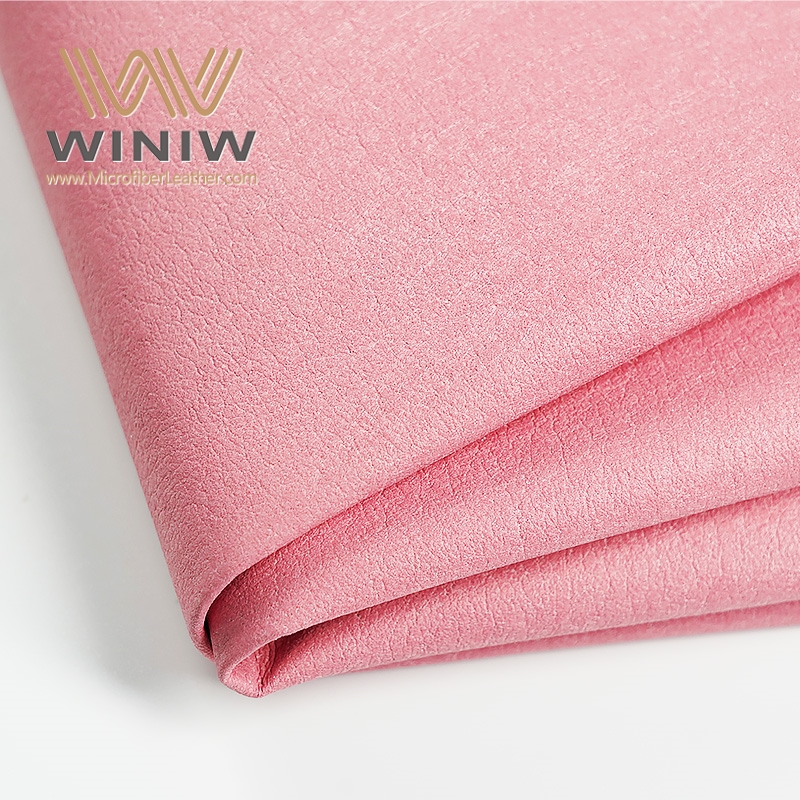
A well-constructed leather upper provides gentle support, holding the foot securely while allowing natural movement. The importance of thickness in the leather upper cannot be overstated. Thicker leather offers more structure and protection, while thinner leather increases flexibility and comfort. Shoe upper leather stands out as a top choice for those who prioritize both comfort and foot health.
Durability remains a key reason why many choose leather upper shoes. Full-grain leather, known as the best leather for shoes, can last a lifetime with proper care. This type of leather retains its natural strength and flexibility, making it superior to synthetic alternatives. In contrast, bonded leather degrades quickly, often within a few years. Synthetic materials rarely match the tensile strength and abrasion resistance of full-grain leather.
Full-grain leather is the most durable type, capable of lasting a lifetime with proper care.
Bonded leather is the least durable, often degrading within a few years.
Synthetic alternatives generally do not match the tensile strength and abrasion resistance of full-grain leather.
Leather is a natural material that embodies resilience, strength, and flexibility. These qualities make it a preferred choice for those seeking long-term value in their footwear. The following table compares the average lifespan of shoes with leather uppers versus synthetic uppers:
|
Type of Upper |
Average Lifespan |
|---|---|
|
Leather |
|
|
Synthetic |
Generally shorter lifespan |
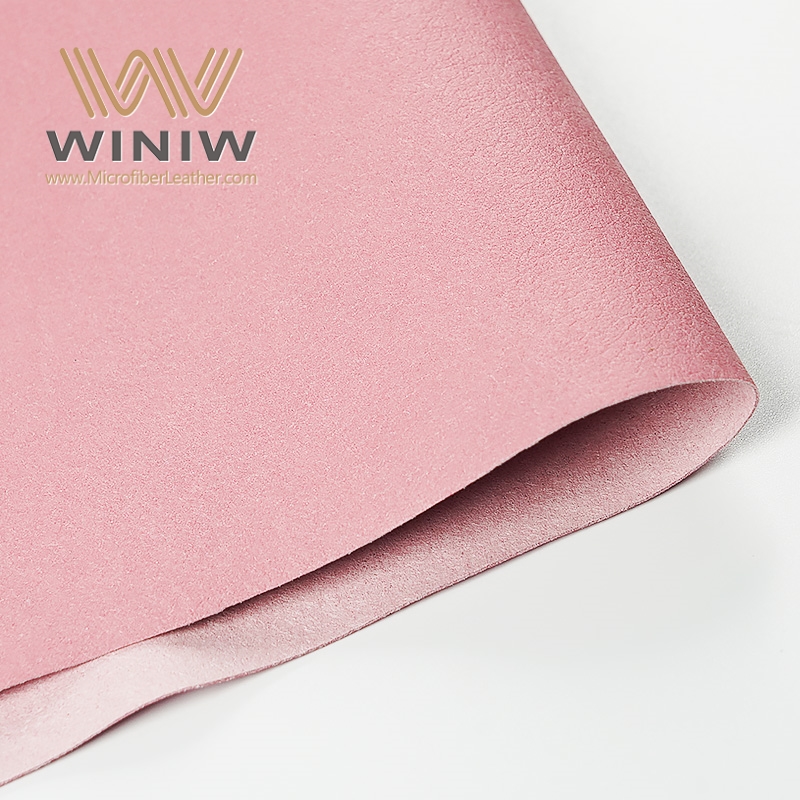
Investing in shoes with a leather upper often proves cost-effective over time. The durability of leather for shoes means fewer replacements and better long-term performance. Shoe leather also maintains its appearance and structure, even after years of use.
Leather upper shoes have a timeless appeal that continues to influence fashion trends. Leather loafers, for example, combine comfort and sophistication, making them a classic choice for many wardrobes. Recent trends include updates such as chunky soles and metallic accents, which add a modern twist to traditional styles. Leather upper shoes transition well from season to season, offering versatility for various occasions.
Leather loafers are a classic choice that combines comfort and sophistication.
Current trends include updates like chunky soles and metallic accents, enhancing their style.
They are versatile, suitable for various occasions, transitioning well from season to season.
High-quality leather loafers add structure and elegance to any outfit. They serve as a practical and comfortable alternative to heels, especially for those seeking refined style without sacrificing comfort. Classic shades like black, brown, or oxblood ensure that leather upper shoes remain a staple in both casual and formal settings. The importance of leather upper in fashion lies in its ability to offer both durability and enduring style.
Proper posture and mobility depend on the foundation provided by footwear. Shoes with a leather upper play a significant role in supporting the body's alignment. Quality shoe upper leather helps maintain the natural shape of the foot. This support reduces the risk of developing poor posture over time.
Leather upper shoes often feature ergonomic designs. These designs include proper arch support and cushioned insoles. Such features help distribute weight evenly across the foot. Even weight distribution lessens strain on the back and joints. People who spend long hours standing or walking benefit from this support.
Premium leather upper materials adapt to the unique contours of each foot. Over time, the leather molds to the wearer, creating a custom fit. This adaptability increases comfort and allows for better movement. Durable leather for shoes also resists deformation, maintaining its supportive structure even after extended use.
Note: Well-constructed soles paired with a leather upper can prevent chronic pain and improve mobility. Shock-absorbing soles further reduce fatigue, making daily activities easier.
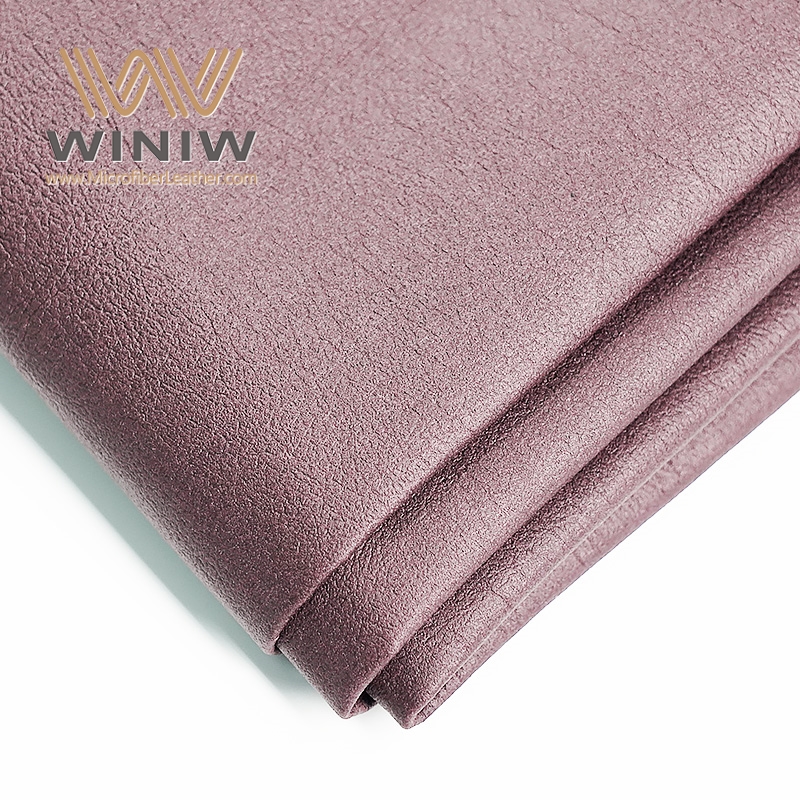
The durability of leather upper shoes ensures that support remains consistent. Unlike some synthetic materials, shoe leather does not break down quickly. Durable construction means the shoes continue to provide stability and comfort for years. This long-lasting support helps users maintain healthy posture and mobility throughout the lifespan of the footwear.
A comparison of key features that impact posture and mobility:
|
Feature |
Leather Upper Shoes |
Synthetic Upper Shoes |
|---|---|---|
|
Arch Support |
Excellent |
Varies |
|
Weight Distribution |
Even |
Often uneven |
|
Custom Fit Over Time |
Yes |
Limited |
|
Durability |
High |
Moderate |
|
Resistance to Deformation |
Strong |
Weak |
Shoe upper leather stands out as a top choice for those seeking both comfort and long-term health benefits. The combination of durability, adaptability, and ergonomic design makes leather upper shoes ideal for supporting posture and enhancing mobility. People who value healthy movement and reliable support often choose leather for shoes as their preferred option.
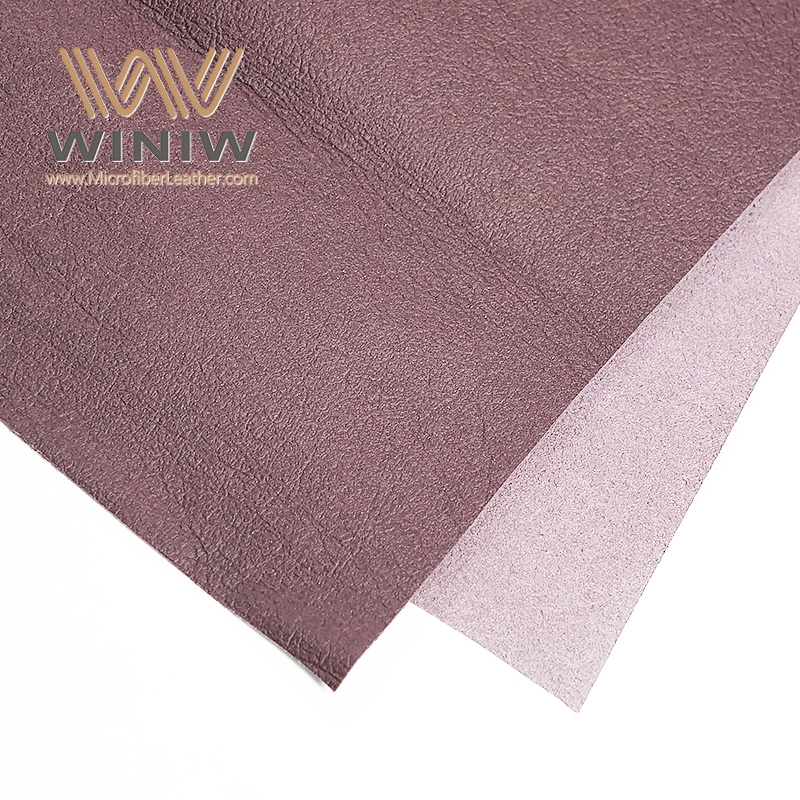
Full grain leather stands as the highest quality material for the upper of a boot. Manufacturers use the outermost layer of the hide, which keeps the original grain and all natural markings. This type of leather offers unmatched strength and durability. It resists wear and tear, making it ideal for boots that face tough conditions. Over time, full grain leather develops a unique patina, giving each pair of boots a distinct look.
The defining characteristics of full grain leather include its strength, durability, natural markings, breathability, and the development of a unique patina over time. It is the outermost layer of the hide, retaining the original grain and imperfections, which adds character and uniqueness to each piece.
Retains original grain and imperfections
Highly breathable and water-resistant
Conforms to the shape of the wearer's foot
Develops a desirable patina over time
Full grain leather offers high breathability, which helps keep feet comfortable during long wear. The natural structure allows air to flow, reducing moisture and heat. Many people choose this material for its combination of durability, strength, and classic appearance.
Full-grain leather shows all its natural markings and blemishes, which many argue adds character to the material. Being the most natural type of leather, it’s also very breathable, highly durable, sturdy and reliable.
A safety boot with full grain leather uppers provides maximum protection and long-lasting performance. The upper of a boot made from this leather keeps the strongest fibers intact, which increases both strength and durability. Workers in construction, manufacturing, and outdoor jobs often rely on these boots for their safety needs.
Full-grain leather is the toughest and longest-lasting leather available.
It retains the natural grain and original fibers, enhancing its strength.
Unlike other leathers that are sanded or processed, full-grain leather maintains its durability and develops a unique patina over time.
Natural oils in the hide help prevent cracking, enhancing durability.
The upper of a boot crafted from full grain leather resists abrasion, water, and harsh environments. This makes it the top choice for anyone who needs a boot that can withstand daily challenges and provide reliable safety.
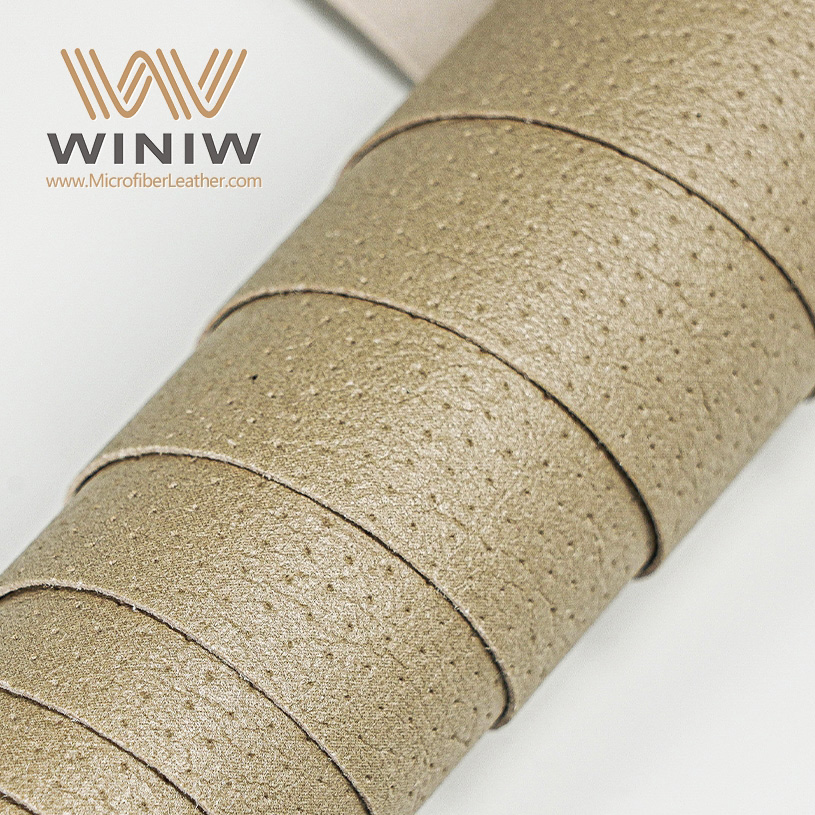
Top grain leather comes from the same hide as full grain but undergoes light sanding to remove imperfections. This process gives the leather a smoother, more uniform surface. While top grain leather remains strong and durable, it does not match the strength or durability of full grain leather. Many boots and shoes use top grain leather for its balance of appearance and performance.
|
Feature |
Full Grain Leather |
Top Grain Leather |
|---|---|---|
|
Durability |
Very durable, suitable for bags and shoes |
|
|
Appearance |
Natural, rugged look with unique imperfections |
Smooth, polished surface with fewer imperfections |
|
Maintenance |
Easy to clean and maintain |
Easy to clean and maintain |
|
Price |
Generally more expensive due to higher quality |
Typically cheaper than full grain leather |
Top grain leather works well for dress boots and casual shoes. It offers a refined look and remains easy to care for, making it a popular choice for those who want both style and practicality.
Nubuck and suede both come from the underside or outer layer of the hide, but each has unique qualities. Nubuck is lightly sanded on the grain side, giving it a soft, velvety texture. It remains durable and offers good breathability, making it suitable for outdoor boots and everyday shoes. Suede, made from the inner split of the hide, feels softer and more pliable. It works best for fashion accessories and comfortable footwear.
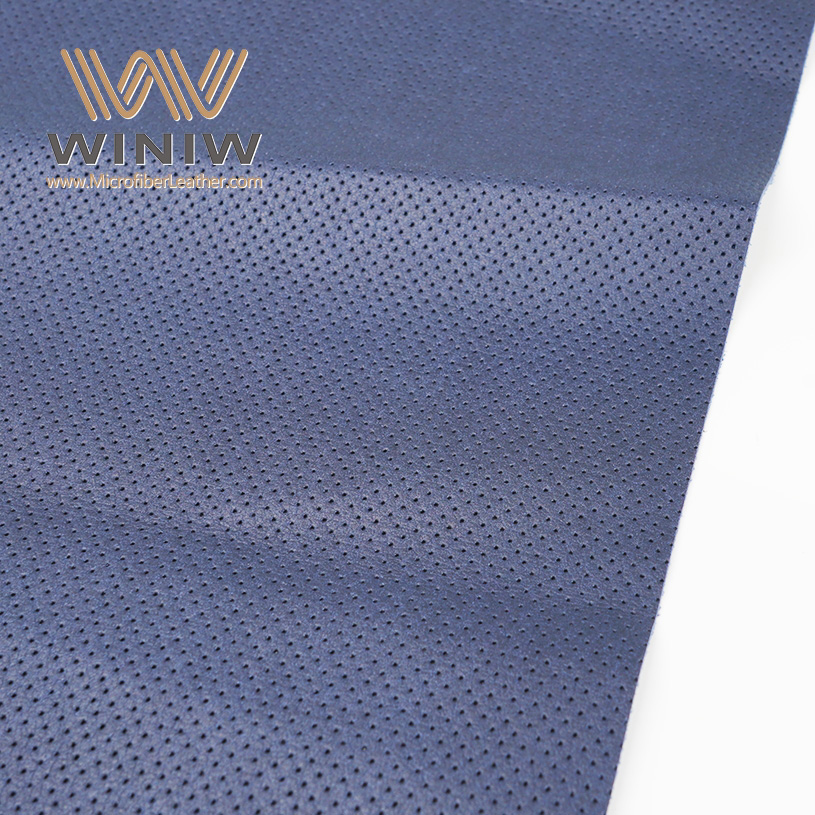
|
Material |
Unique Qualities |
Best Use Cases |
|---|---|---|
|
Nubuck |
Breathability, Aesthetic appeal, Durability |
Outdoor products, Everyday wallets, Shoes (e.g., Timberlands, Ugg boots) |
|
Suede |
Luxurious feel, Pliability, Easy maintenance |
Fashion accessories, Comfortable footwear, Outerwear (e.g., jackets, blazers) |
Nubuck boots often appear in rugged outdoor styles, while suede boots offer a more luxurious look and feel. Both materials provide a natural appearance, but nubuck stands out for its durability and strength in the upper of a boot.
Corrected grain leather offers a practical solution for those who want the look of leather without the high cost of premium grades. Manufacturers create corrected grain by sanding away imperfections from the hide’s surface. After sanding, they emboss an artificial grain pattern onto the leather. This process gives the material a uniform appearance, which appeals to consumers who prefer consistency in their footwear.
The processing method impacts both the durability and the aesthetics of corrected grain leather. Sanding removes some of the hide’s strongest fibers, making this leather less robust than full grain or top grain options. While it does not match the strength of more natural leathers, corrected grain still provides reasonable wear for everyday shoes. The artificial grain pattern helps hide flaws, but it also means the leather lacks the unique character found in more natural finishes.
Tip: Corrected grain leather works well for casual shoes and fashion footwear where cost and appearance matter more than long-term durability.
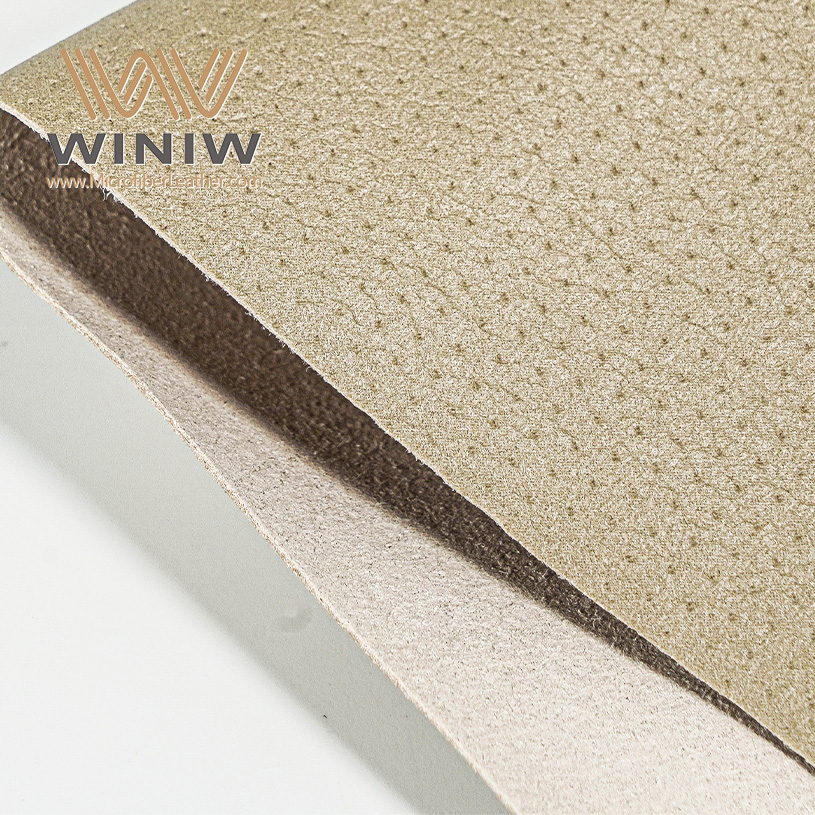
A table comparing corrected grain with other types:
|
Leather Type |
Appearance |
Durability |
Best Use Cases |
|---|---|---|---|
|
Full Grain |
Natural, unique |
High |
Work boots, dress shoes |
|
Top Grain |
Smooth, refined |
Moderate-High |
Dress shoes, bags |
|
Corrected Grain |
Uniform, consistent |
Moderate |
Casual shoes, sneakers |
Corrected grain leather provides an affordable alternative for those who want the look of leather upper shoes without the premium price tag. However, buyers should consider that the trade-off for a flawless appearance is reduced durability and less natural character.
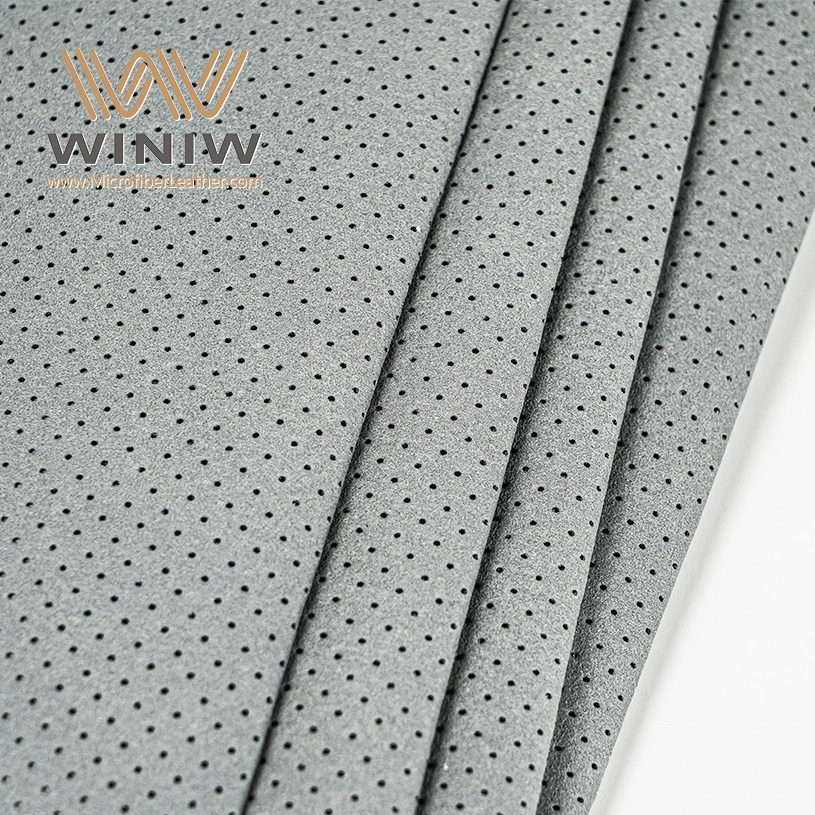
Exotic leathers bring a sense of luxury and distinction to footwear. These materials come from rare animals and offer unique textures and patterns not found in standard leathers. Each type of exotic leather has its own set of qualities, making them suitable for specific styles and occasions.
Python skin stands out for its flexibility and durability. Its sophisticated look makes it a favorite for statement shoes.
Alligator skin is prized for its smoothness and rarity. This leather resists scratches and offers a classic, high-end appearance.
Ostrich skin is renowned for its softness and durability. It provides a luxurious look, making it ideal for dress shoes.
Alligator belly delivers flexibility and a soft feel, making it a top choice for stylish footwear.
Crocodile flank offers a cost-effective alternative to alligator, with a uniform scale pattern that appeals to many.
Shell cordovan features a natural gloss and resists scratches, ensuring shoes remain easy to maintain.
Caiman skin, especially the belly, is softer than the back hide and preferred for footwear.
Lizard skin combines elegance with affordability. Its regular pattern of small scales gives shoes a refined finish.
Note: Exotic leathers often require special care to maintain their natural beauty and durability. Owners should follow manufacturer guidelines for cleaning and conditioning.
Shoes made from exotic leathers often serve as statement pieces. They highlight the wearer’s style and appreciation for rare materials. While these leathers offer impressive durability, their natural patterns and textures set them apart from more common options. Choosing exotic leather for a leather upper allows for a unique blend of luxury, durability, and natural appeal.
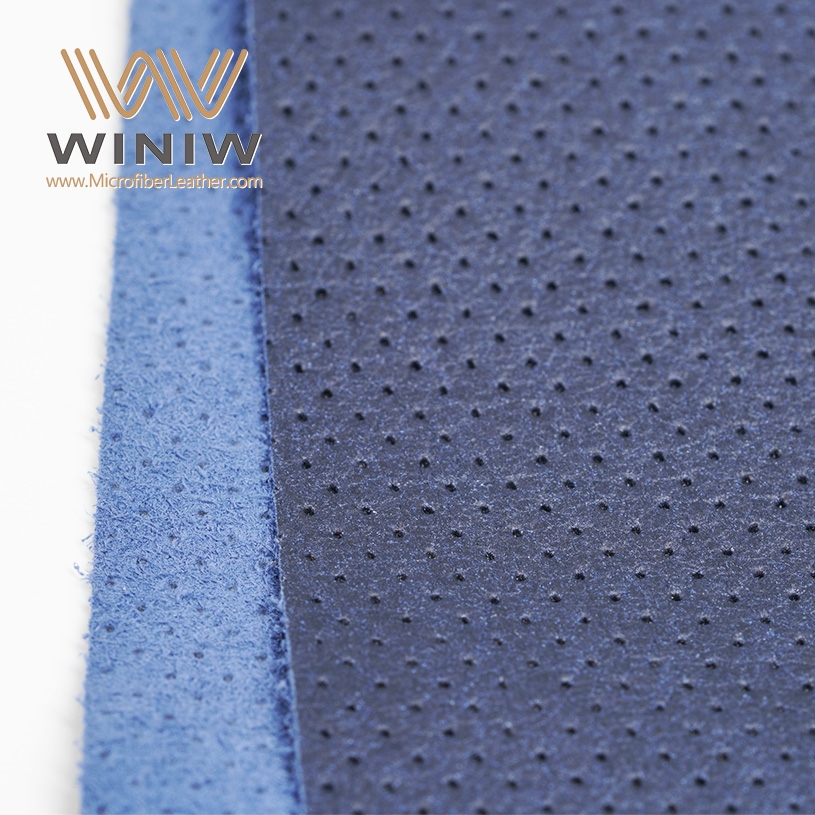
Leather and synthetic materials each bring unique qualities to shoe uppers. Leather comes from animal hides, which gives it natural pores and oils. These features help leather breathe and resist water. Full grain leather, the strongest type, stands up well to tough conditions and improves with age. Leather also needs regular care to keep its natural qualities.
Synthetic uppers use man-made materials. They do not show animal imperfections, so their appearance stays consistent. Manufacturers can produce synthetic uppers with less waste because the material quality remains uniform. Modern synthetics offer good breathability and flexibility. Many synthetic shoes resist abrasion and chemicals, making them suitable for active environments. Synthetic uppers also weigh less than leather, which can help reduce fatigue.
Leather Uppers:
Natural pores and oils
Durable and tear-resistant
Require maintenance
Improve with use
Synthetic Uppers:
Consistent appearance
Lightweight and flexible
Good abrasion and chemical resistance
Less maintenance needed
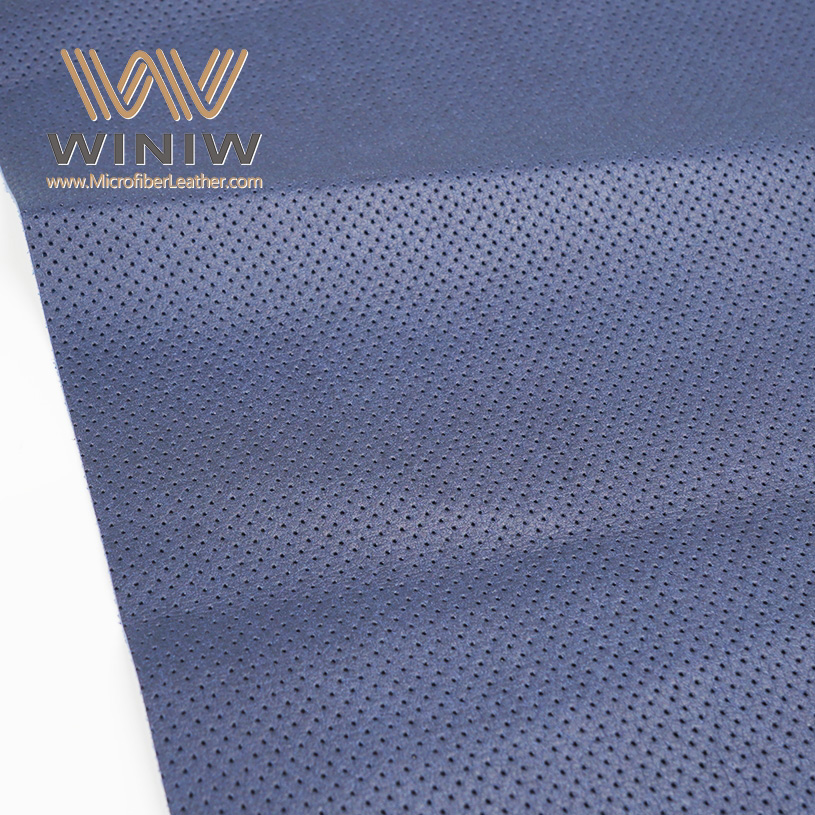
Both leather and synthetic uppers have strengths and weaknesses. The table below compares key features:
|
Feature |
Synthetic Work Boots |
Leather Work Boots |
|---|---|---|
|
Weight |
Lightweight, flexible |
Heavier, sturdier |
|
Durability |
Moderate, wears faster |
High, long-lasting |
|
Comfort |
Immediate comfort |
Breaks in, molds to foot |
|
Protection |
Basic |
Strong against elements |
|
Maintenance |
Easy wipe-down |
Needs conditioning |
|
Price |
More affordable |
Higher upfront cost |
|
Best For |
Light-duty, indoor |
Heavy-duty, outdoor |
Synthetic work boots feel lighter and cost less. They suit fast-paced, indoor, or light-duty jobs. Users find them easy to clean and comfortable right away. However, they may not last as long in rough conditions and can trap heat, leading to sweaty feet.
Leather work boots offer long-term value. They protect well against water, mud, and debris. Over time, leather molds to the foot, creating a custom fit. These boots need regular care and cost more at first, but they last longer and provide better protection. Some users may find them heavier, which can cause fatigue during long shifts.
Tip: Choose leather for durability and protection in tough environments. Pick synthetics for lightweight comfort and easy care in lighter settings.
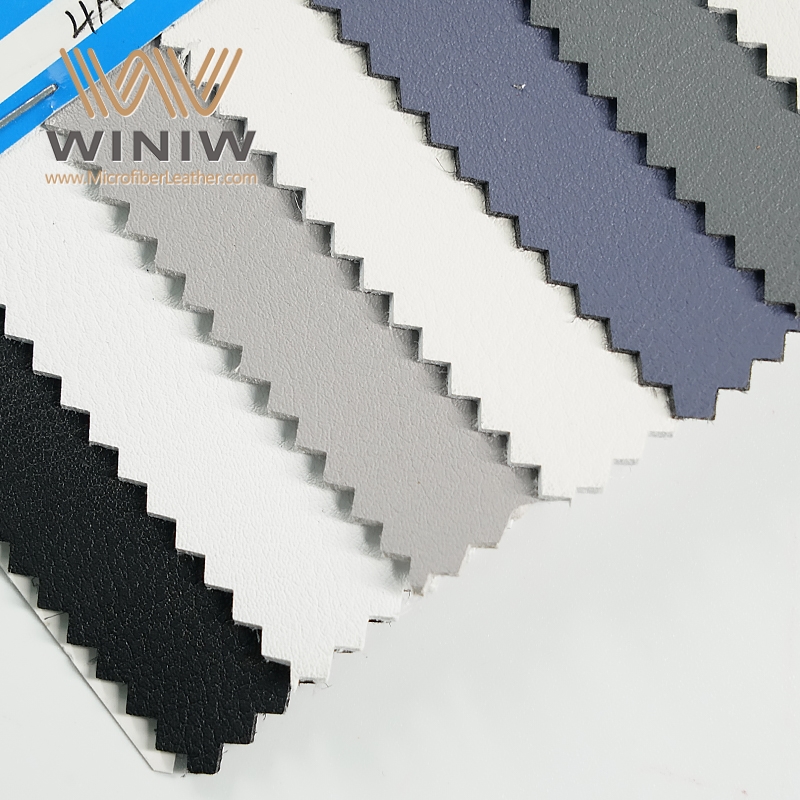
The environmental impact of shoe uppers depends on the material. Leather production uses animal hides and often involves chemical treatments. Tanning leather can create waste and pollution if not managed properly. However, leather shoes tend to last longer, which means fewer replacements and less waste over time.
Synthetic uppers use petroleum-based materials. Their production creates less animal waste and offers more consistent quality. However, synthetics do not break down easily in landfills. Some modern synthetics use recycled materials, which helps reduce their environmental footprint.
Leather lasts longer, reducing waste but requires animal resources and chemicals.
Synthetics avoid animal use and can be made from recycled content, but may not biodegrade.
Consumers who care about the environment should consider both the lifespan of the shoe and the resources used in production. Choosing high-quality materials and caring for shoes properly can help reduce overall impact.
A leather upper plays a crucial role in the safety of any boot. Workers in construction, manufacturing, and outdoor environments rely on boots that protect their feet from hazards. The upper shields the foot from sharp objects, falling debris, and accidental impacts. Many boots include reinforced toe caps and padded collars, which add extra layers of safety. The structure of the upper helps prevent injuries by keeping the foot secure and stable.
Manufacturers design safety footwear to meet strict industry standards. These boots often feature slip-resistant soles and puncture-resistant midsoles. The leather upper resists abrasion and tearing, which is essential for maintaining safety in harsh conditions. Some boots use treated leather that repels water and chemicals, keeping feet dry and reducing the risk of slips or burns. The combination of a strong upper and a sturdy sole ensures that safety remains a top priority in every boot.
Note: A well-constructed boot with a quality leather upper can reduce the risk of workplace injuries and provide peace of mind for workers.
Boots with leather uppers deliver reliable performance in demanding environments. The material adapts to extreme conditions, such as heat, moisture, and abrasion. Workers often face wet or muddy worksites, but a leather upper hardly absorbs moisture. This feature keeps the boot lightweight and comfortable, even after hours of use. Quick drying times allow boots to return to service faster, which is important for those who work daily in challenging settings.
The table below highlights how leather uppers perform under tough conditions:
|
Performance Attribute |
Description |
|---|---|
|
Lightweight |
The upper material is 40% lighter than conventional leather when dry. |
|
Low Water Absorption |
The upper hardly absorbs moisture, maintaining lightness even in wet conditions. |
|
Quick Drying |
Allows for significantly faster drying times compared to traditional leather uppers. |
|
Reduced Heat Loss |
Conductive heat loss is considerably less, keeping feet dry and comfortable. |
|
Robust Construction |
Designed for harsh work environments, providing protection after extensive use. |
A boot with these features supports both safety and comfort. Reduced heat loss keeps feet warm in cold weather and prevents overheating in hot conditions. The robust construction ensures that the boot maintains its protective qualities, even after repeated exposure to rough surfaces. Workers benefit from a boot that remains dependable throughout long shifts.
Leather uppers also contribute to the overall durability of safety footwear. The material resists stretching and deformation, so the boot retains its shape and support over time. This reliability means fewer replacements and consistent safety for the user. Choosing a boot with a high-quality leather upper ensures that performance and safety go hand in hand.
Selecting a high-quality leather upper ensures comfort, durability, and performance. Manufacturers use several criteria to evaluate the quality of leather in a boot. Material testing checks the strength and flexibility of the leather. Dimensional checks confirm that the boot matches the labeled size and shape. Durability tests measure how well the boot withstands daily wear and different weather conditions. Safety tests verify that the boot meets standards for protection in various environments.
Quality assessment also includes specific tests:
Bond testing confirms the strength of the connection between the upper and other parts.
Foreign metal object detection prevents injuries from hidden hazards.
Size and fitting checks guarantee a proper fit.
Mold contamination inspections keep the leather safe and hygienic.
Zip and fastener testing ensures all closures work reliably.
Accessory pull testing checks the strength of decorative elements.
Color fastness rub testing prevents dye transfer and staining.
Functional defects, such as poorly attached soles or faulty zippers, can affect the boot’s usability. Manufacturers test each component under real-world conditions to ensure the boot performs as expected.
Proper care extends the life and appearance of leather uppers. Regular cleaning removes dirt and prevents buildup. Use a soft cloth or brush for daily cleaning. For stubborn stains, apply a leather-specific cleaner and let the boot air dry naturally. Conditioning the leather every three to six months keeps it soft and prevents cracking. Conditioning also helps the boot maintain its shape and comfort.
Protection is important for maintaining quality. Use UV-protectant sprays to shield the leather from sunlight. Avoid exposing the boot to extreme heat or moisture. Regularly inspect the boot for signs of wear or damage. Store boots in a cool, dry place away from direct sunlight. Use breathable covers to prevent moisture buildup. For oil stains, cornstarch works well. Rubbing alcohol can remove ink stains. If the leather gets wet, blot gently and allow it to air dry.
Tip: Consistent care not only preserves the look of the boot but also supports long-term comfort and safety.
When choosing the right one, several factors influence the decision. The intended use of the boot matters most. Work boots require tough, durable leather and strong construction. Fashion boots may prioritize appearance and comfort. Fit remains essential for both comfort and support. Always try on boots with the socks you plan to wear.
Consider the climate and environment. Waterproof treatments help in wet conditions. Breathable leather works best in warm weather. Check for reinforced toes or padded collars if safety is a concern. Maintenance needs also play a role. Some leathers require more frequent conditioning and cleaning.
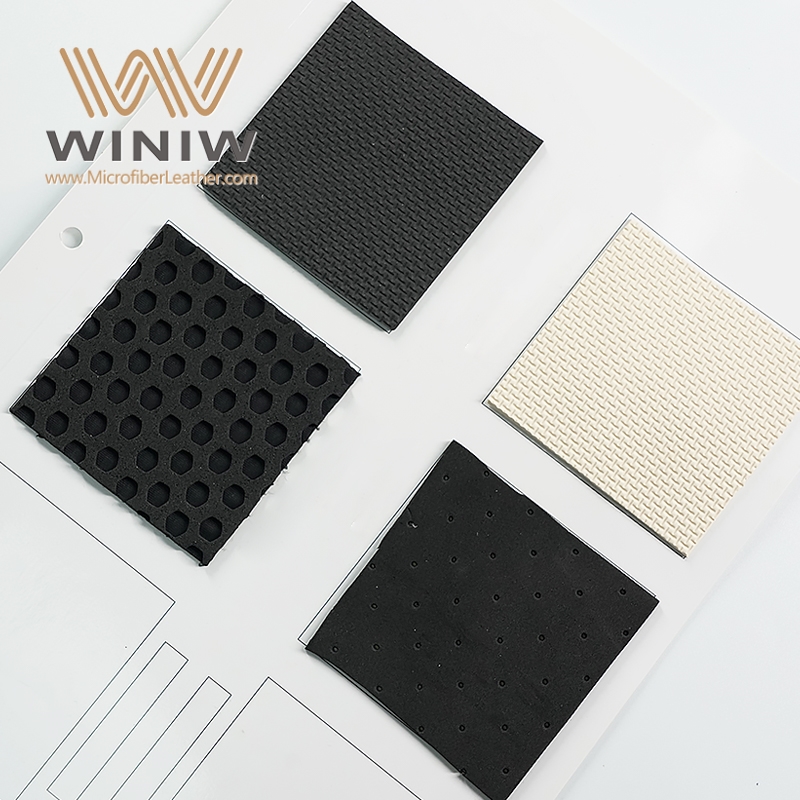
A comparison of key factors:
|
Factor |
Work Boot |
Fashion Boot |
|---|---|---|
|
Durability |
High |
Moderate |
|
Comfort |
Essential |
Important |
|
Appearance |
Functional |
Stylish |
|
Maintenance |
Regular |
Occasional |
|
Safety |
Critical |
Optional |
Choosing the right one ensures the boot meets your needs for comfort, durability, and safety. Proper selection and care lead to long-lasting, reliable footwear.
Many people believe several myths about the durability of leather uppers. These misconceptions can lead to poor footwear choices. Understanding the truth helps buyers make informed decisions.
Myth: Leather goes brittle and weakens with age.
Truth: Leather actually outlasts most other materials. When cared for properly, leather remains strong and flexible for many years. Full-grain leather, which keeps the outer layer of the hide, stands out as the most durable type. Over time, leather develops a patina, which adds character and does not weaken the material.
Myth: All leather wears out quickly.
Truth: Genuine leather, especially full-grain, resists wear and tear better than synthetic fabrics. Many leather shoes last for years, even decades, when maintained with regular cleaning and conditioning.
Note: Proper care, such as cleaning and conditioning, extends the life of leather uppers and helps them maintain their strength.
Some people think leather shoes feel stiff and uncomfortable. This belief often comes from experiences with low-quality or poorly constructed footwear. High-quality leather uppers actually provide excellent comfort.
Leather molds to the shape of the foot over time. This creates a custom fit that reduces pressure points.
Breathable leather allows air to circulate, keeping feet cool and dry.
Many modern leather shoes include padded insoles and ergonomic designs, which increase comfort for daily wear.
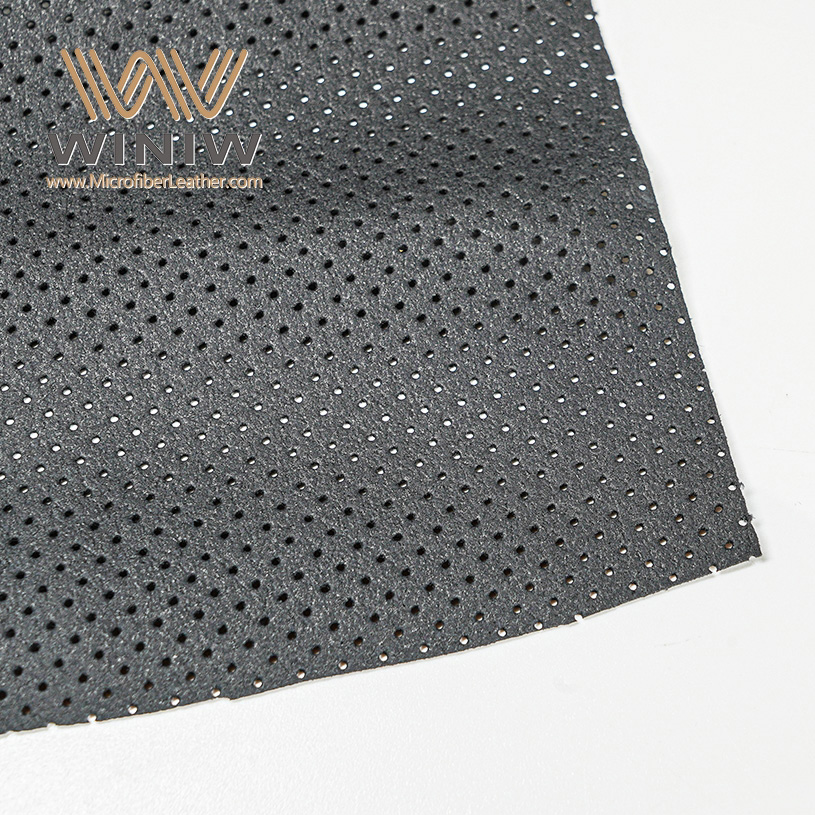
A table comparing comfort features:
|
Feature |
Leather Uppers |
Synthetic Uppers |
|---|---|---|
|
Molds to Foot |
Yes |
Limited |
|
Breathability |
High |
Moderate |
|
Long-Term Comfort |
Excellent |
Varies |
Tip: Choosing the right size and breaking in leather shoes gradually can maximize comfort.
Another common misconception is that leather shoes cost too much and do not offer enough value. While leather footwear often has a higher upfront price, it provides long-term benefits.
Leather shoes last longer, so buyers replace them less often.
The material maintains its appearance and structure, even after years of use.
Over time, the cost per wear for leather shoes becomes lower than for cheaper alternatives.
Remember: Investing in quality leather footwear saves money in the long run and delivers better comfort and durability.
Understanding these myths and the facts behind them helps buyers choose shoes that meet their needs for durability, comfort, and value.
Shoe upper leather continues to evolve as manufacturers introduce new technologies and design concepts. Researchers develop advanced tanning methods that reduce chemical use and improve leather quality. Brands experiment with digital printing on leather, creating custom patterns and vibrant colors. Some companies use laser cutting to achieve precise shapes and intricate details. These innovations help shoes fit better and look more unique.
Smart materials also change how leather uppers perform. Engineers create leathers that resist stains and water without heavy coatings. Some leathers now include antimicrobial treatments, which keep shoes fresher for longer periods. Designers add stretch panels and ergonomic shapes to improve comfort and support. These features help shoes adapt to different foot shapes and movements.
Tip: Consumers should look for shoes with innovative features like moisture-wicking linings or flexible leather panels. These details can increase comfort and extend the life of footwear.
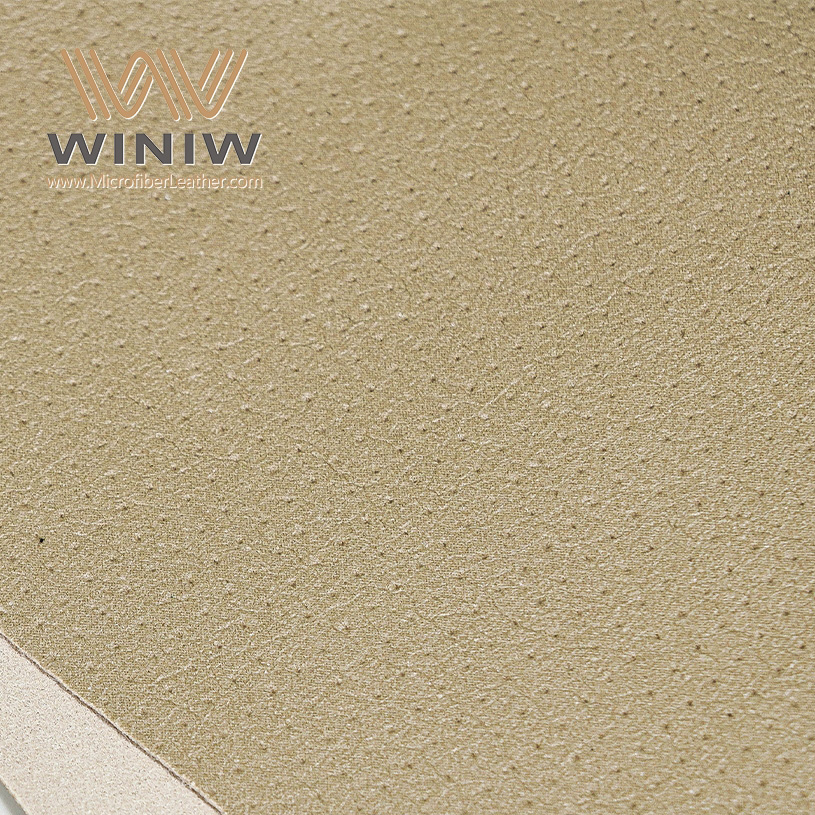
A table highlights recent innovations in shoe upper leather:
|
Innovation |
Benefit |
Example Use Case |
|---|---|---|
|
Digital Printing |
Custom designs |
Fashion sneakers |
|
Laser Cutting |
Precise fit |
Dress shoes |
|
Antimicrobial Finish |
Odor control |
Athletic footwear |
|
Stretch Leather |
Improved comfort |
Casual boots |
Manufacturers continue to invest in research and development. They aim to create leather uppers that meet changing consumer needs and style preferences.
Sustainability shapes the future of shoe upper leather. Many brands now use eco-friendly tanning processes that limit water and chemical waste. Vegetable tanning replaces harsh chemicals with natural plant extracts. This method produces leather that is safer for workers and the environment.
Recycled materials also gain popularity. Some companies blend recycled leather fibers with new hides to reduce waste. Others use leather scraps from factories to create new uppers. These practices help lower the environmental impact of shoe production.
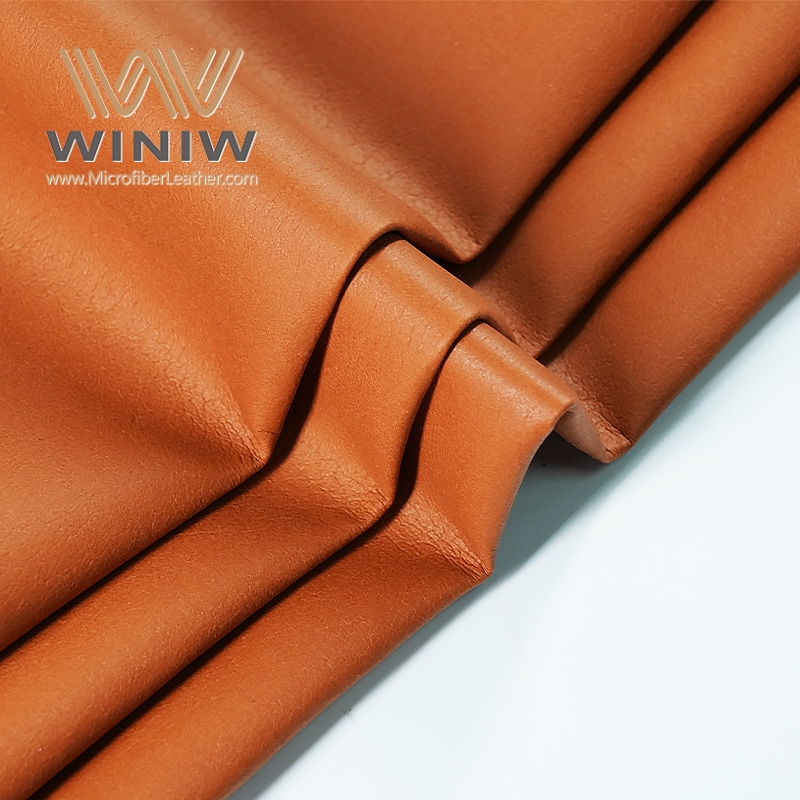
Brands focus on ethical sourcing. They choose hides from farms that follow animal welfare standards. Some companies support local tanneries to reduce transportation emissions. Consumers see more shoes labeled as “sustainable” or “responsibly sourced.”
Note: Sustainable leather shoes often last longer and require less frequent replacement. This durability helps reduce landfill waste and saves money over time.
A list of sustainable practices in shoe upper leather:
Vegetable tanning with plant-based extracts
Use of recycled leather fibers
Ethical sourcing of hides
Support for local tanneries
Reduced water and energy consumption
Sustainability remains a key trend in footwear. Brands and consumers both recognize the importance of protecting the environment while enjoying high-quality shoes.
Understanding shoe upper leather helps buyers make smart footwear choices. Each type of leather upper offers unique benefits for comfort, durability, and style. People who focus on material quality and proper care enjoy shoes that last longer and look better. Those interested in learning more about shoe materials can explore guides from footwear brands or visit local shoe stores for expert advice.
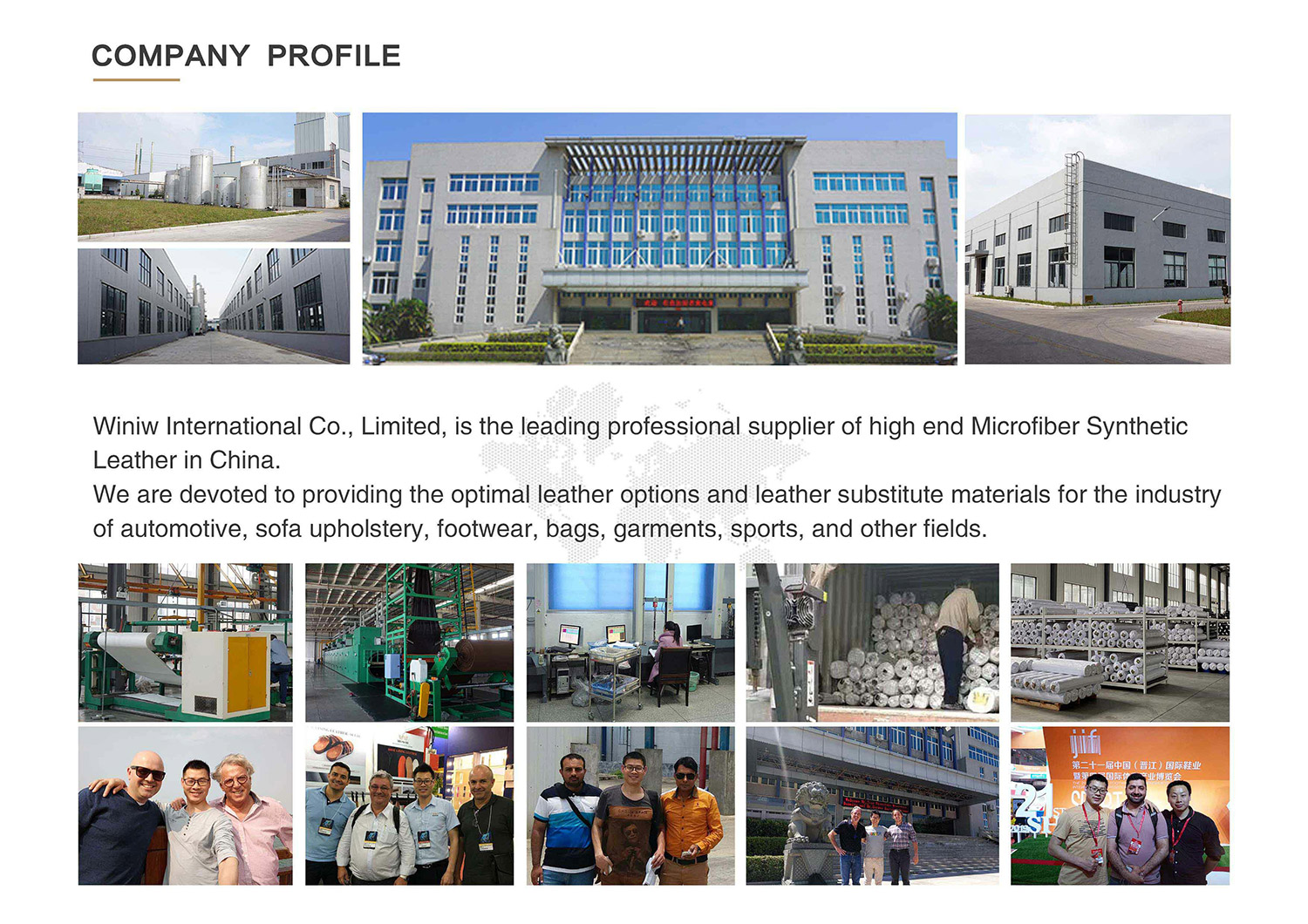
Full grain leather keeps the natural grain and shows unique markings. Top grain leather has a smoother surface because manufacturers sand away imperfections. Full grain offers more durability and ages better over time.
Look for a leather smell and natural grain patterns. Genuine leather feels soft but firm. Many shoes have a label or stamp inside that says "genuine leather" or "leather upper."
Most leather uppers resist water but are not fully waterproof. Treated leather can handle light rain. For heavy moisture, use a waterproofing spray or wax for extra protection.
Use a soft brush or cloth to remove dirt. Apply a leather cleaner for stains. Condition the leather every few months to keep it soft. Let shoes air dry away from direct heat.
Yes, leather uppers stretch and mold to the shape of the foot with wear. This creates a custom fit and increases comfort. Avoid overstretching by choosing the correct size.
Synthetic uppers may suit people with animal product allergies. However, some synthetics use chemicals that can cause skin irritation. Always check the material list before buying.
Leather upper shoes work well in most seasons. They breathe in warm weather and insulate in cooler temperatures. For wet or snowy conditions, choose treated leather or add waterproofing.
High-quality leather feels smooth and firm. Stitching appears even and tight. The shoe holds its shape and shows natural grain. Labels often mention the leather type, such as "full grain" or "top grain."

Scan to wechat:
